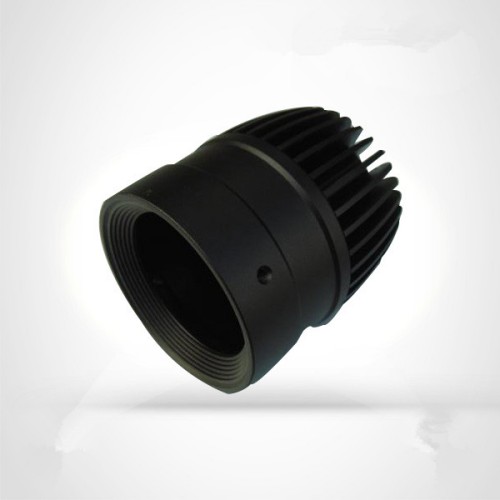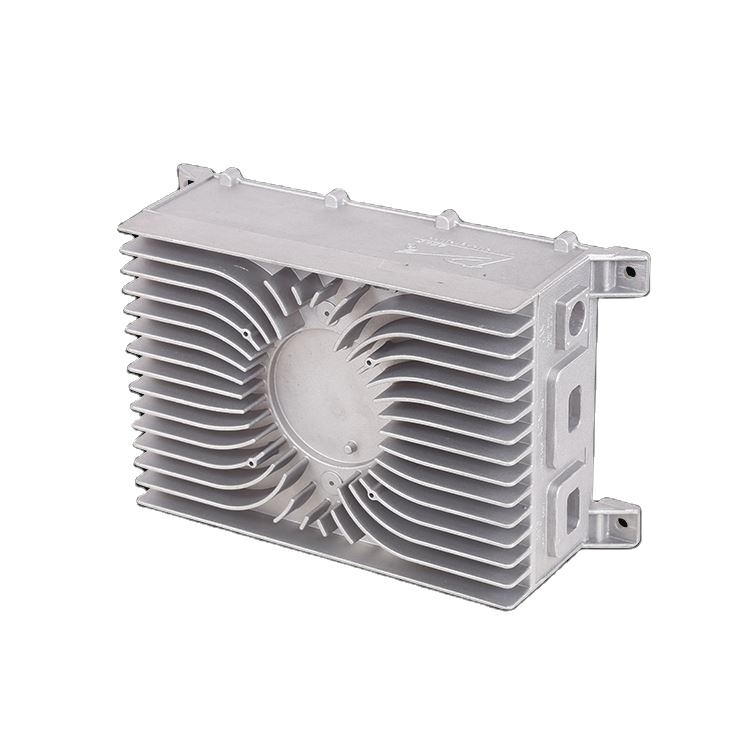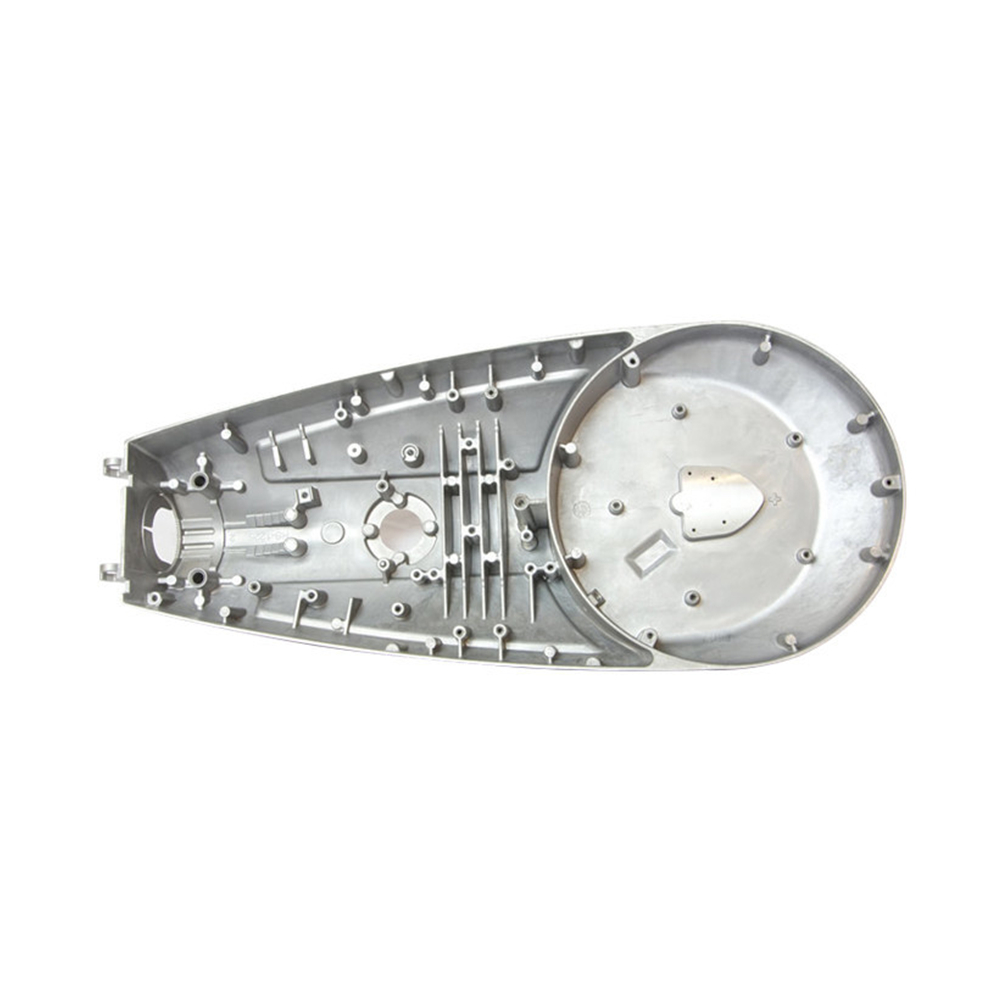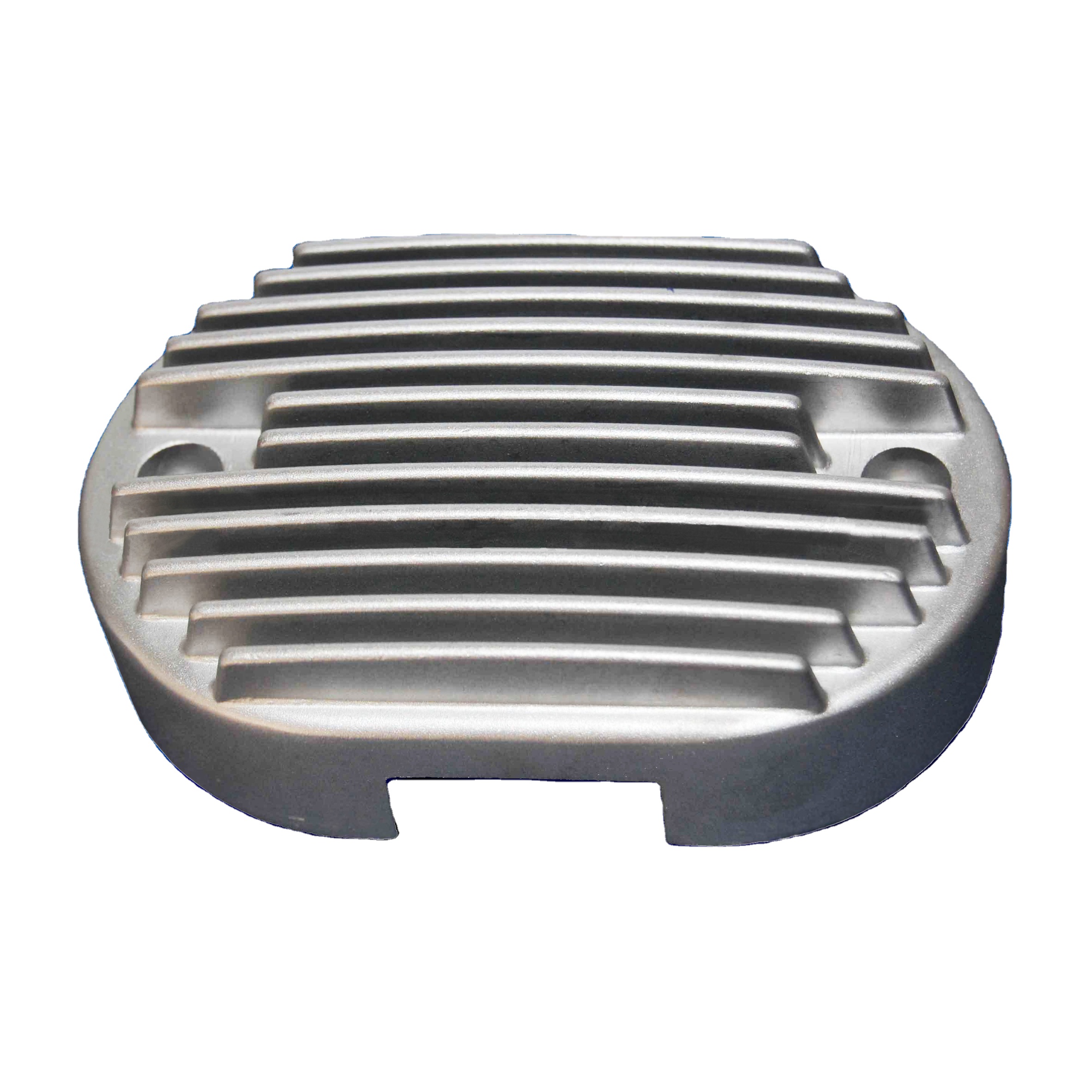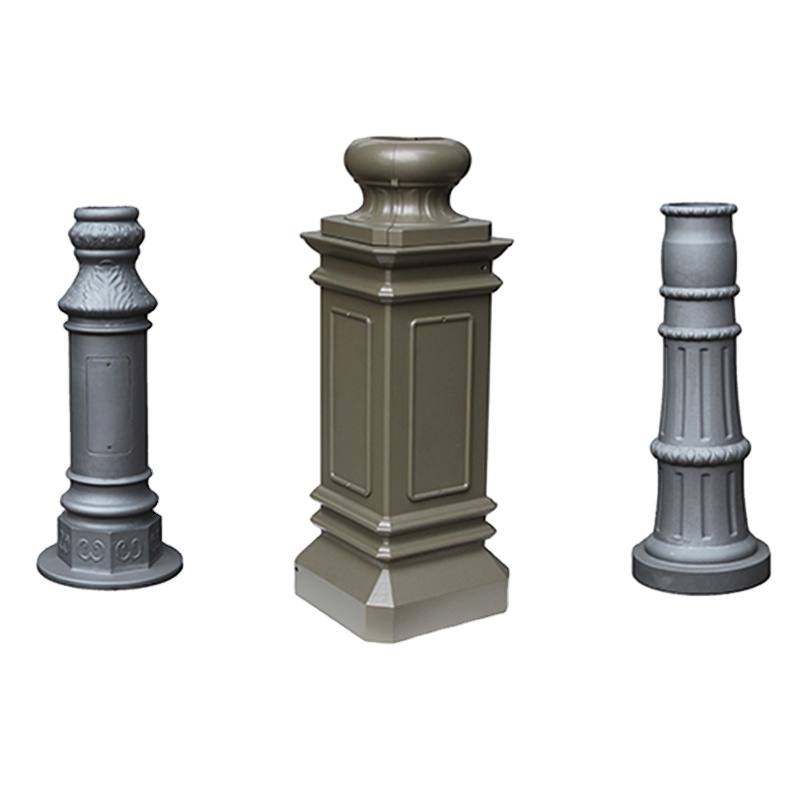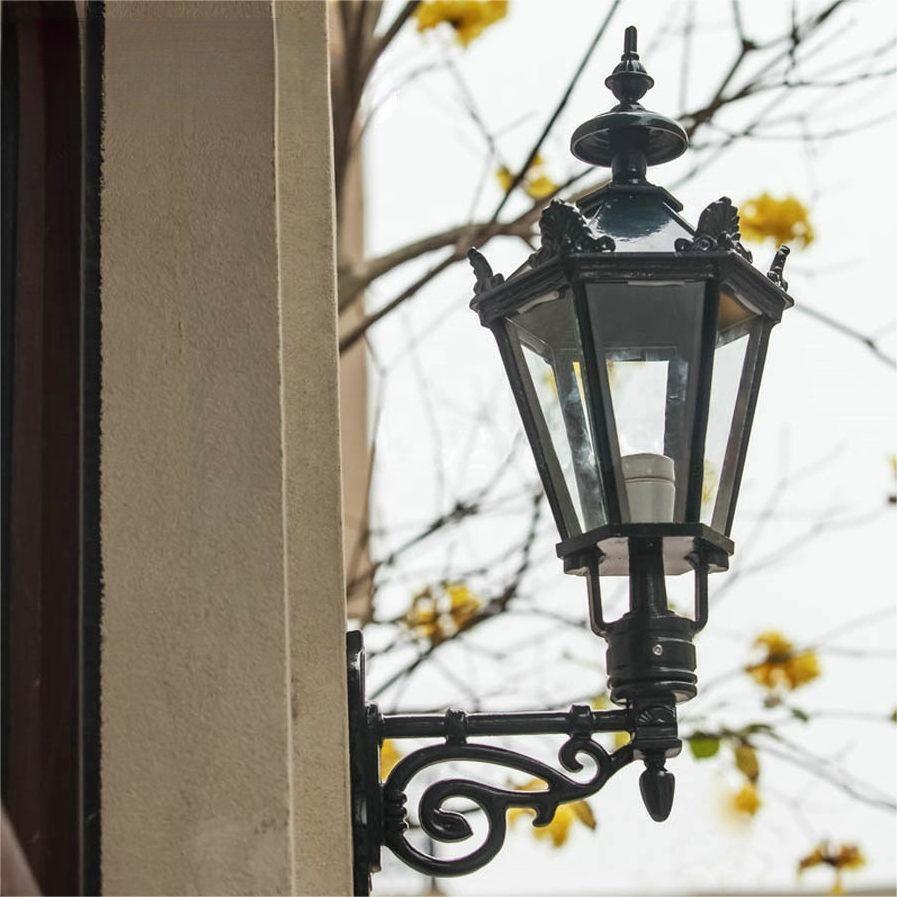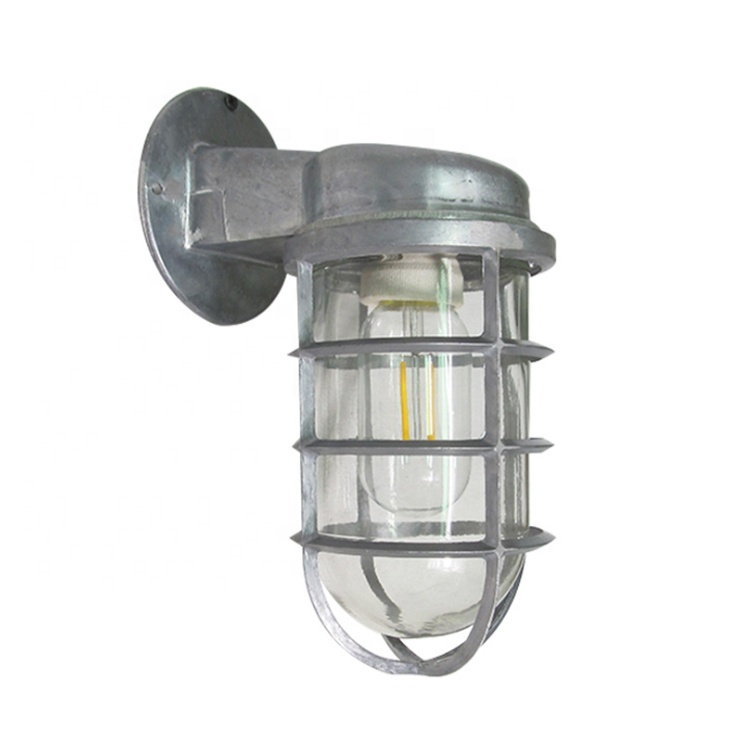RELIABLE LIGHT PARTS DIE CASTING SUPPLIER - FUERD
As one of the leading aluminum die casting manufacturers in China, FUERD specializes in customizing high-quality aluminum die cast parts for the lighting industry. We provide a comprehensive solution for aluminum die casting, catering to both indoor and outdoor lighting parts, including light housing parts, lighting fixtures, LED heat sinks, lamp shades, and more.
Aluminum die casting offers numerous benefits for lighting parts, including the achievement of smooth surfaces and the potential for minimal or no machining processes. With the utilization of dies, the aluminum die casting process allows for repeated production using the same mold, making it ideal for high-volume manufacturing of aluminum lighting parts. Additionally, aluminum die cast lighting parts exhibit exceptional lightweight properties. Moreover, there are several other advantages that make it the most suitable choice for the lighting industry, such as:
- Corrosion resistance
- High strength and rigidity
- Cost-effectiveness in manufacturing
- Impressive strength-to-weight ratio
- Outstanding EMI (Electromagnetic Interference) and RFI (Radio Frequency Interference) shielding properties
- Excellent thermal conductivity
- Excellent electrical conductivity
- Superior finishing characteristics
- Full recyclability
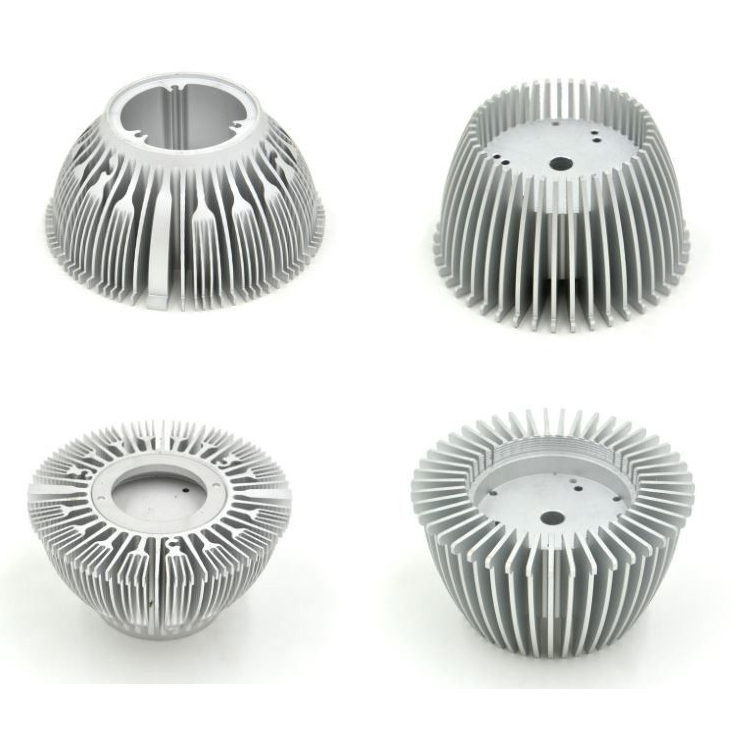 Aluminum Die-Casting LED Bulb Housing Lighting Lamp
Aluminum Die-Casting LED Bulb Housing Lighting Lamp
 Outdoor Garden Led Light Housing, Aluminum Shell Casting
Outdoor Garden Led Light Housing, Aluminum Shell Casting
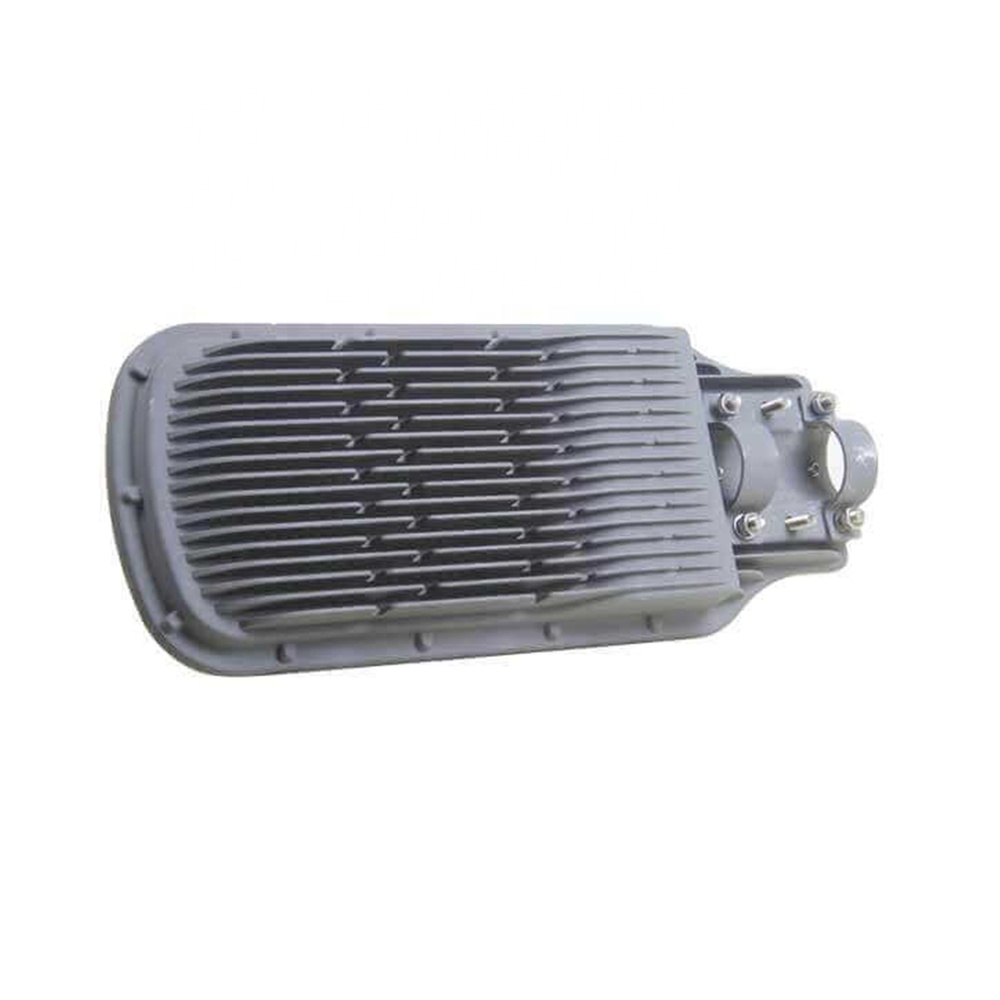 Light Enclosure Die Casting Part, Aluminum Led Floor Light Cast
Light Enclosure Die Casting Part, Aluminum Led Floor Light Cast
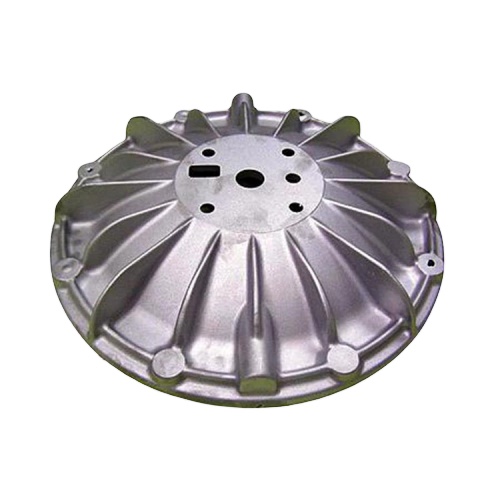 Pressure Die Casting Aluminum LED Light Housing
Pressure Die Casting Aluminum LED Light Housing
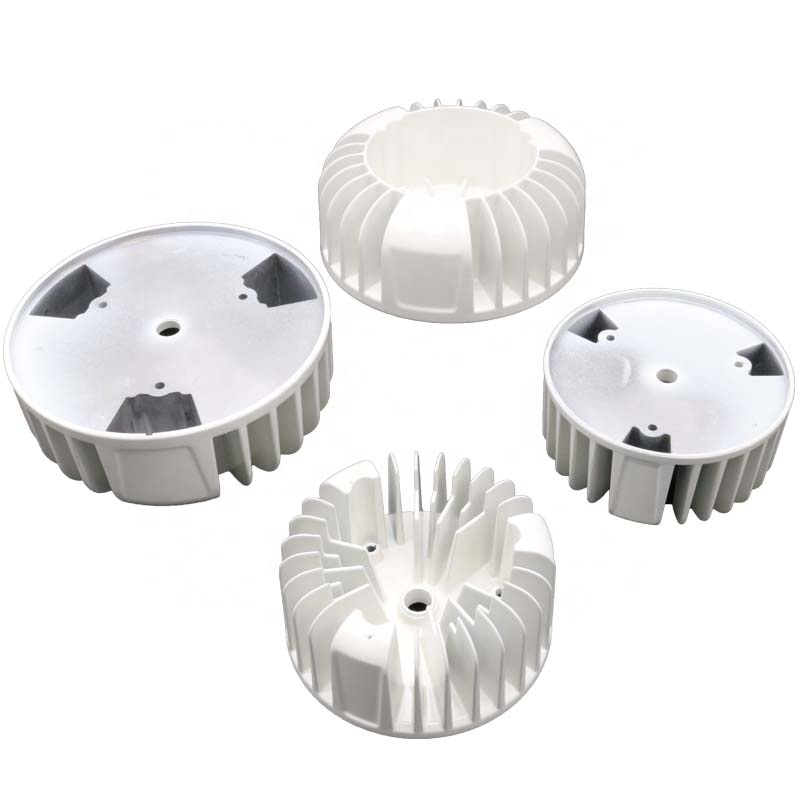 Customized Led Light Heat Sinks Aluminum Die Casting & Machining
Customized Led Light Heat Sinks Aluminum Die Casting & Machining
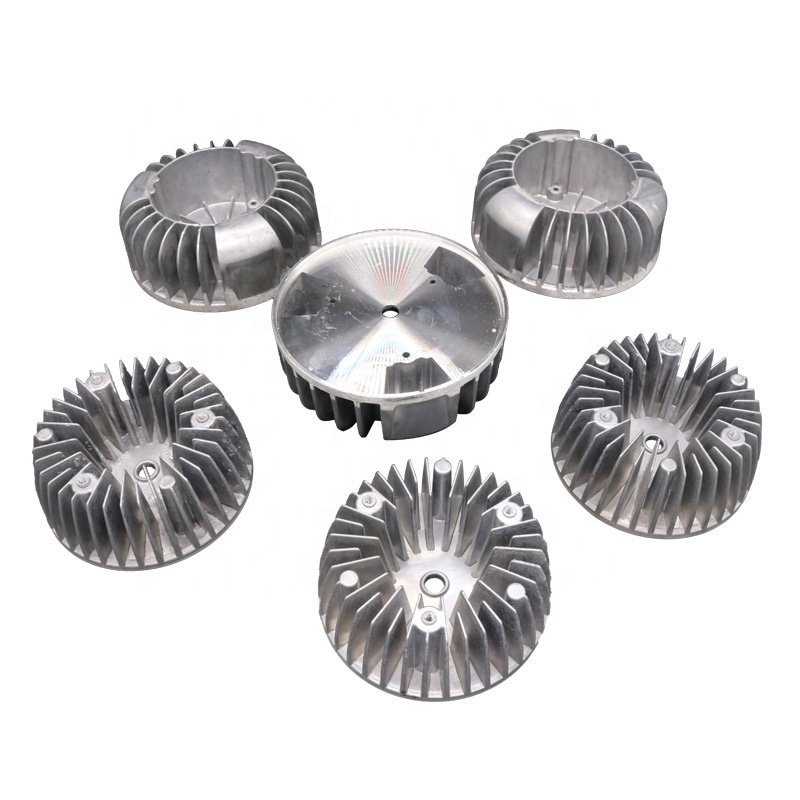 Aluminum Gravity Casting LED Light Housing
Aluminum Gravity Casting LED Light Housing
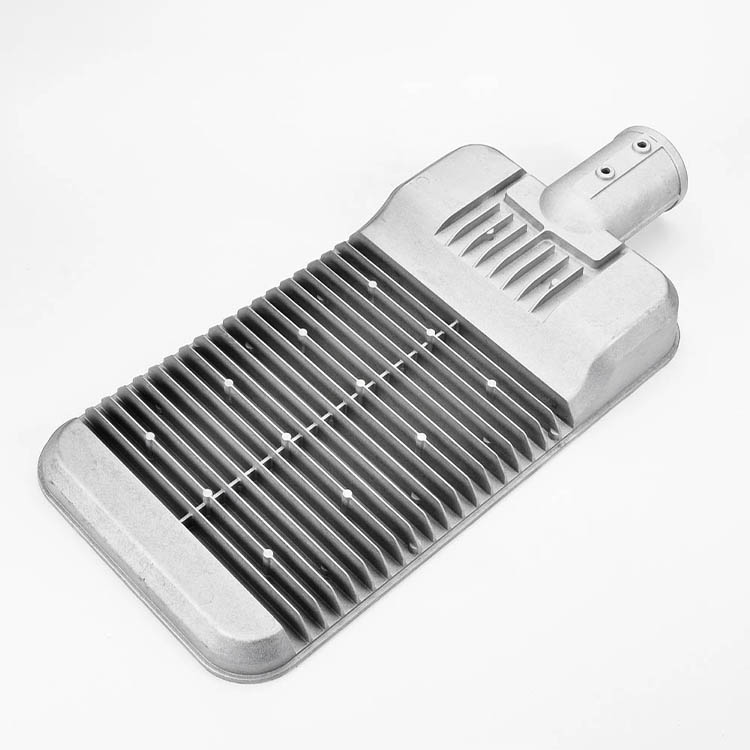 High Precision Aluminum Die Casting Lighting Fixture
High Precision Aluminum Die Casting Lighting Fixture
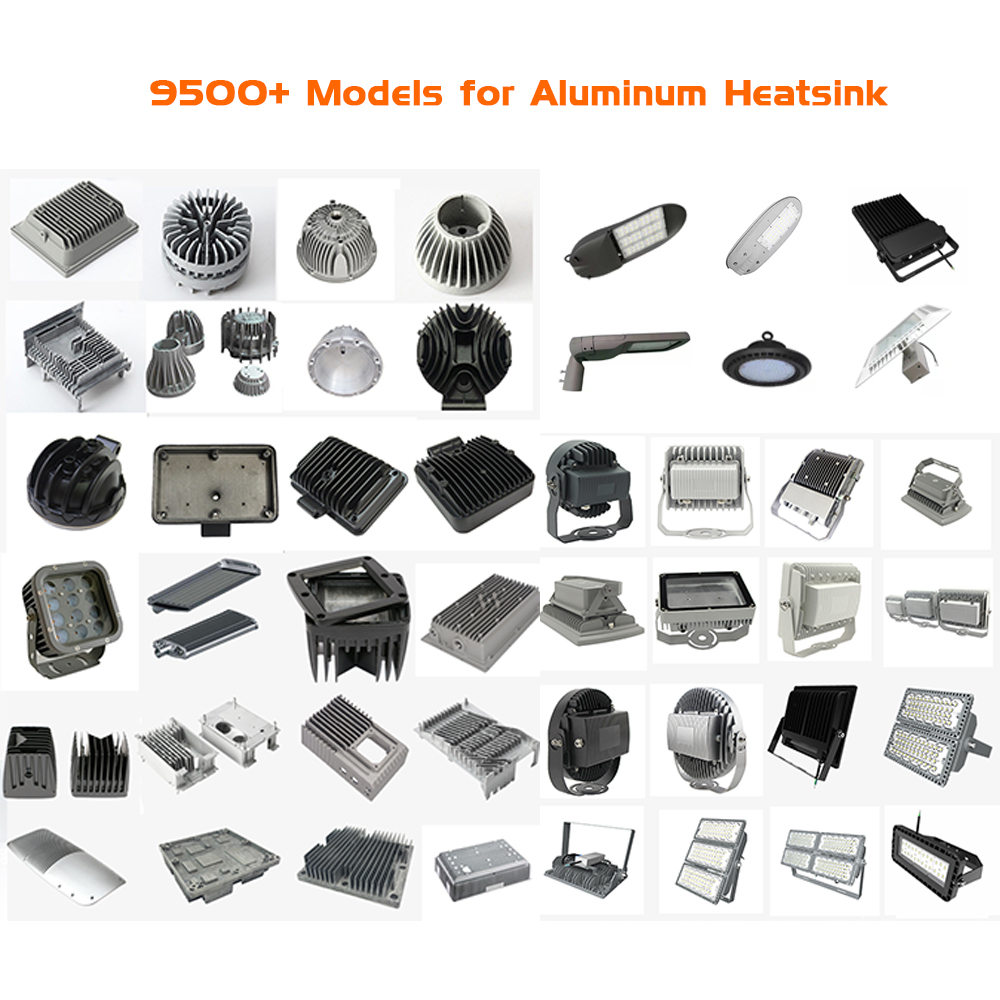 Aluminum Die Cast Heat Sink for Led Light
Aluminum Die Cast Heat Sink for Led Light
-
Advantages of Aluminum Casting for Light Parts
Aluminum casting is particularly advantageous for producing light parts due to its unique properties and manufacturing benefits. Here are some of the key advantages of aluminum casting for light parts:
-
Lightweight: Aluminum is a low-density metal, making it an ideal choice for producing lightweight components. This is particularly important in industries like automotive, aerospace, and consumer electronics, where reducing weight can improve fuel efficiency, performance, and overall product functionality.
-
High strength-to-weight ratio: Despite its lightweight nature, aluminum alloys offer impressive strength-to-weight ratios, providing structural integrity and performance without adding excessive mass to the final product.
-
Design flexibility: Aluminum casting allows for complex shapes and intricate designs, making it possible to create parts with innovative and optimized geometries that further enhance weight reduction and performance.
-
Excellent machinability: Aluminum alloys are known for their superior machinability, which facilitates the production of precise and lightweight parts with tight tolerances.
-
Superior thermal conductivity: Aluminum is a good conductor of heat, making it suitable for applications where heat dissipation is essential, such as in heat sinks for electronic devices or cooling systems in automotive components.
-
Corrosion resistance: Aluminum alloys can be engineered to have high corrosion resistance, ensuring the longevity and durability of the parts, especially in outdoor or harsh environments.
-
Recyclability: Aluminum is a highly recyclable material, and recycling scrap or post-consumer aluminum reduces the environmental impact of the manufacturing process and promotes sustainable practices.
-
Cost-effective for large production runs: Aluminum casting is an efficient process, and when used for large production volumes, it can offer cost advantages per unit, making it economically viable for lightweight parts production.
-
Rapid prototyping: The aluminum casting process can be adapted for rapid prototyping, allowing designers and engineers to quickly test and iterate lightweight part designs before final production.
-
Versatility in alloys: Aluminum alloys come in various compositions, each offering unique properties. This versatility allows manufacturers to tailor the material selection to meet specific requirements for lightweight parts, such as strength, thermal properties, and corrosion resistance.
Due to these advantages, aluminum casting is widely used in numerous industries to produce lightweight parts, such as engine components, automotive chassis parts, aircraft components, electronic enclosures, and various consumer products. It continues to be a preferred method for lightweight applications where high strength, design flexibility, and cost-effectiveness are critical factors.
-
